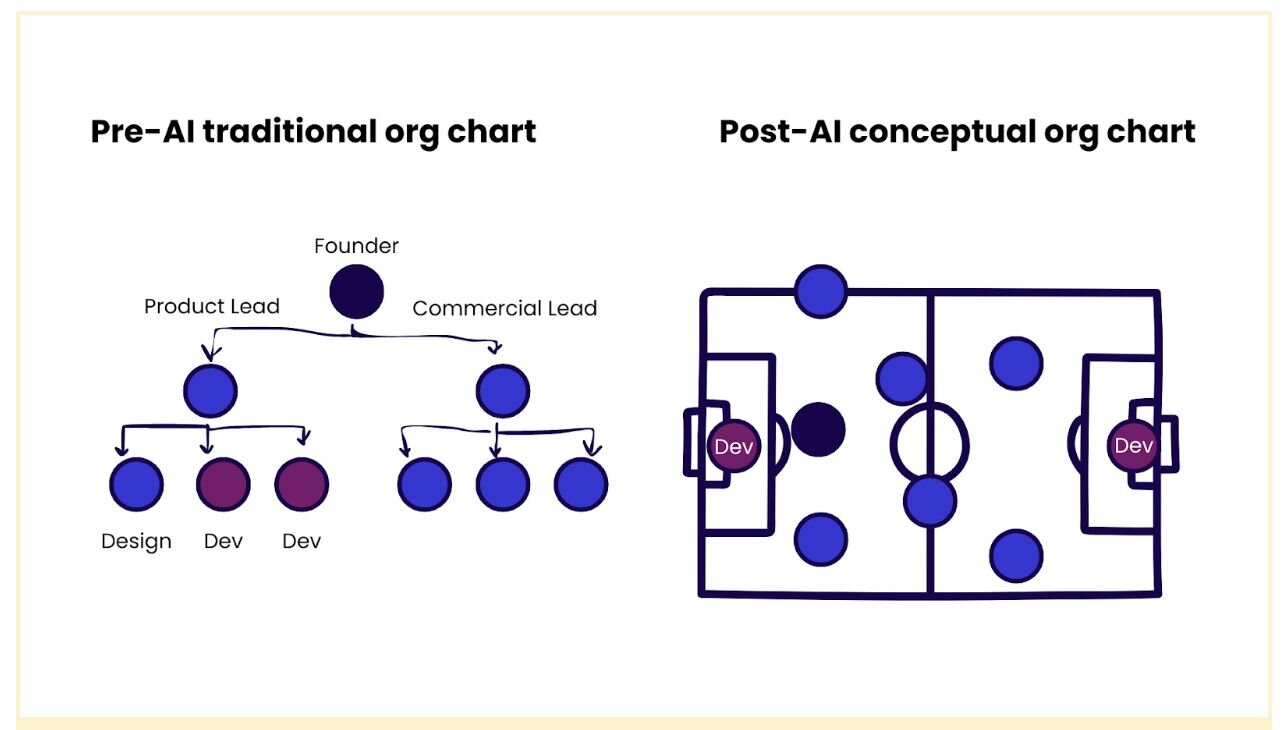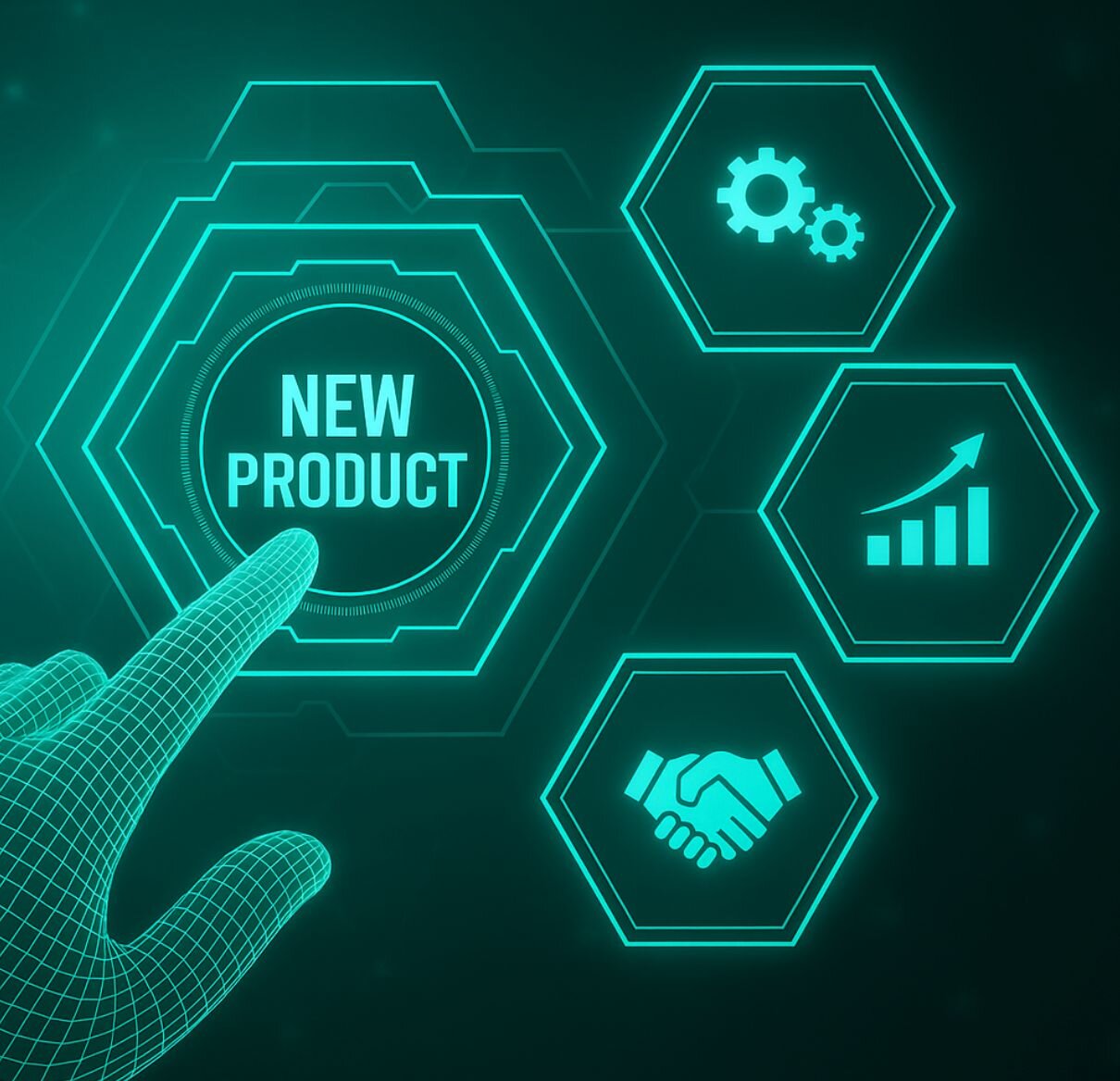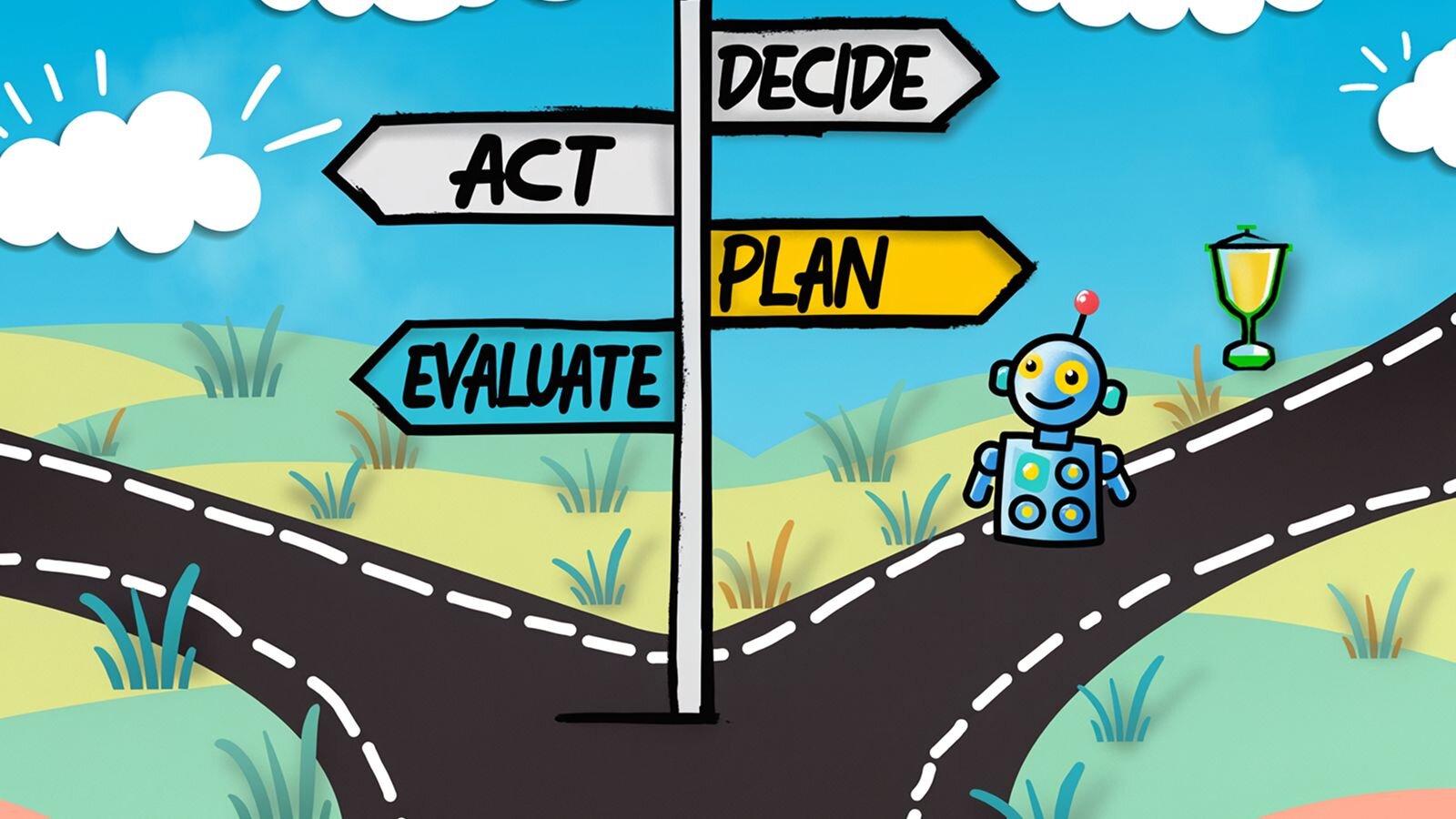Overcoming technical challenges in a Brazilian fintech environment, especially when leading innovation or consumer product teams, requires a deep understanding of data, engineering knowledge, and taxonomy. I faced this challenge at a Brazilian fintech, one year ago, and I confess it was really challenging for me, despite my prior expertise of leading innovation or consumer product teams.
Leading a product platform team comes with a unique set of challenges and opportunities for learning. I spearheaded a platform, overseeing three dedicated squads, responsible for the development and implementation of technical solutions in the areas of search functionality, recommendation systems, A/B testing, and feature management. I want to share with you some challenges I have faced, the findings and learning I have gained on how to lead product platform teams. Sharing these experiences, I hope I can provide valuable insights for others in similar leadership roles, fostering a community of knowledge and continuous improvement.
1. Overcome technical challenges
The first challenge was extremely technical, because I had to understand data and engineering knowledge and taxonomy, in order to communicate with all team members to define a product vision. Effective communication with all team members is crucial to define a clear product vision. I adopted two strategies to overcome this challenge: engaging the conception process and I acted effectively in resolving problems and monitored incidents.
Engaging directly in the product conception process and attending design reviews are strategic approaches to grasp the technical choices made in each feature developed. These reviews served me as a platform for questioning solutions and fostering a collaborative environment where leaders can gain insights into the technical aspects of product development. This hands-on involvement not only bridges the gap between technical and leadership roles but also ensures that the product vision aligns with the technical capabilities and constraints.
I also monitored incidents very closed to the teams, each time gaining more comprehension about the technology and the product as well. The stability and reliability of a product platform are indeed crucial, especially since it's not typically a direct source of income but rather a means to support business operations. Addressing availability issues is essential to ensure system dependability. In the face of potential incidents, the repercussions can be significant, affecting not just the employees but also the organization's reputation and financial standing. To mitigate these risks, I learned how to transform each incident into a learning moment to prevent future occurrences and bolster the overall resilience of the platform.
2. Overcome team challenges
The second challenge revolved around team dynamics. Team effectiveness is indeed a multifaceted aspect of the workplace that hinges on both group dynamics and individual contributions. A harmonious team environment can significantly enhance productivity and job satisfaction. Factors such as clear communication, mutual respect, and aligned goals are critical for fostering a positive team atmosphere. Additionally, recognizing and utilizing the unique attributes of each team member can lead to more innovative solutions and successful outcomes. Understanding and nurturing these elements can be the key to achieving outstanding team performance. The three squads had years of experience with planned agile ceremonies, built processes and relationships resulting from previous learning. So at first glance it was hard for me to identify where to improve team performance.
To overcome the second challenge, I decided to start with an assessment inspired by the Google Aristoteles project that identified five key elements essential to building high-performing teams: psychological safety, trust, structure and clarity, meaning of work and impact. So I applied a form with questions about how each individual of the teams were feeling about these five elements.
The structure and clarity was the key element to improve in all three teams. I shared the results with them and I started to gather elements to discover the main issues on structure and clarity was lacking to improve team effectiveness. And I found that the lack of a north star strategy, prioritization of initiatives and the uncertainty of roles and responsibilities within the team was central to affect performance.
So I started to overcome the last challenge, related to a well-established product vision and a clear goal to reach.
3. Overcome strategy challenges
In Brazil, as in many countries, the financial sector is indeed dynamic and requires agile strategic planning. Companies must develop adaptable product platform strategies that can quickly respond to market changes and regulatory shifts. This agility is crucial for maintaining competitive advantage and meeting the evolving needs of consumers in a landscape where technology and innovation drive constant transformation.
So the first step to establish a product platform vision was to better understand the company strategy and the main problems and pains that our internal customers face. I had the help of the product managers and the product designer of the teams that conducted a research gathering insightful data that we shared with users and stakeholders to cocreate a vision to the product platform.
The second step was to refine this vision, design this strategy with the platform's main stakeholders and focus on prioritizing the most relevant initiatives to significantly impact customers and the business.
Once the bets were prioritized, the last step was to share vision, strategy and priorities with the teams, internal customers and stakeholders and make necessary route adjustments to suit different business contexts.
One year later
This has been a long journey of learning, challenges and achievements. We currently have almost 200 internal squads joining the product platform, with new features developed this year, such as a content manager that is growing rapidly for the entire company. We managed to maintain consistency, focus on the vision and received very positive feedback from platform users. We know that we still have a lot to create, build and evolve, but we have a very promising path ahead, especially because of the incredible people who are part of these teams. And I hope that you can also count on special people on this path of leading platform product teams.
Google Aristoteles Project sources:
- https://rework.withgoogle.com/jp/guides/understanding-team-effectiveness#identify-dynamics-of-effective-teams
- https://www.nytimes.com/2016/02/28/magazine/what-google-learned-from-its-quest-to-build-the-perfect-team.html
- https://hbr.org/2023/02/what-is-psychological-safety
Explore more great product management content by exploring our Content A-Z







